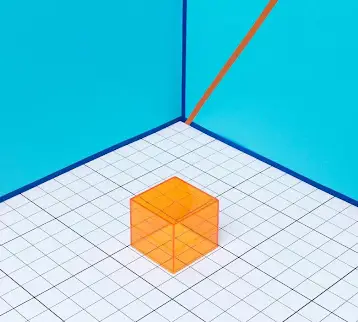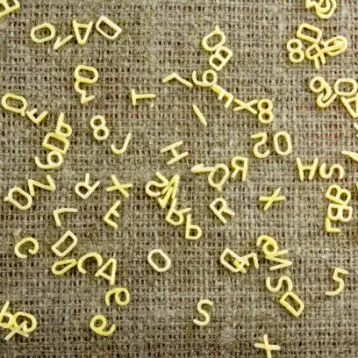Although credit cards have been around for decades now, very little has changed in the way we use them. Most cards are still passive plastic with very little information stored on a magnetic strip. More advanced cards (smart cards) include a small chip which allows for a more secure way of conducting transactions, yet even these cards are fairly passive in nature.
The idea behind Palmborg’s future credit card is knowing your balance at the moment of purchase, thus avoiding overspending. The card concept he suggested is basically a simple computer that can show the owner their current balance using RFID technology and can approve a purchase using a built-in biometric fingerprint reader.
Although the concept seems nice and is surely attractive both in function and design, we cannot help but wonder – how exactly is it going to work? Currently RFID transmitters aren’t that common and even if every store would have one it might not be possible to use the device at home. In addition, RFID is not very secure and many people may think twice before using a device that broadcasts their financial status wirelessly. Power consumption is another issue to consider.
Current day credit cards are passive devices that do not require power to operate. Palmborg’s future card will need at least some energy for its screen and biometric sensor. Possibly, electronic paper technology could reduce the power consumption enough so that the RFID supplies the energy needed. The device could also run on a small battery but this might not prove to be an ideal solution as most people won’t see it favorably if their credit card stopped working just when they were about to make an important purchase. Alternatively the future card might use wireless power technology such as the one TFOT recently covered.










